***SEE A FEW POSTS DOWN, BROKE ARTICLE IN TWO.
The 10,000 character limit wouldn't let me post my thread here detailing my 2LTE to 2LT-II electronic to mechanical conversion in my '91 Surf. I also wired manual glow plug control, and an intake preheater that I touch on. I also resealed my injection pump, and detail the difficult steps of that. Hope it's helpful.
http://www.toyotadiesel.com/forums/s...4829#post44829
The 10,000 character limit wouldn't let me post my thread here detailing my 2LTE to 2LT-II electronic to mechanical conversion in my '91 Surf. I also wired manual glow plug control, and an intake preheater that I touch on. I also resealed my injection pump, and detail the difficult steps of that. Hope it's helpful.
http://www.toyotadiesel.com/forums/s...4829#post44829



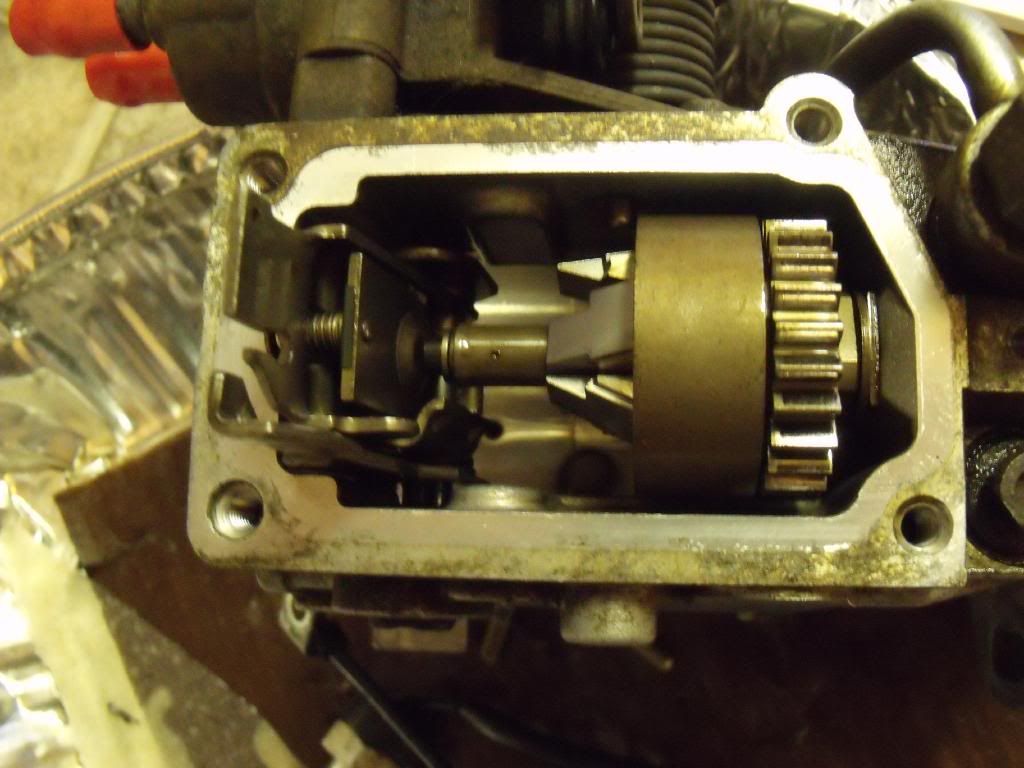
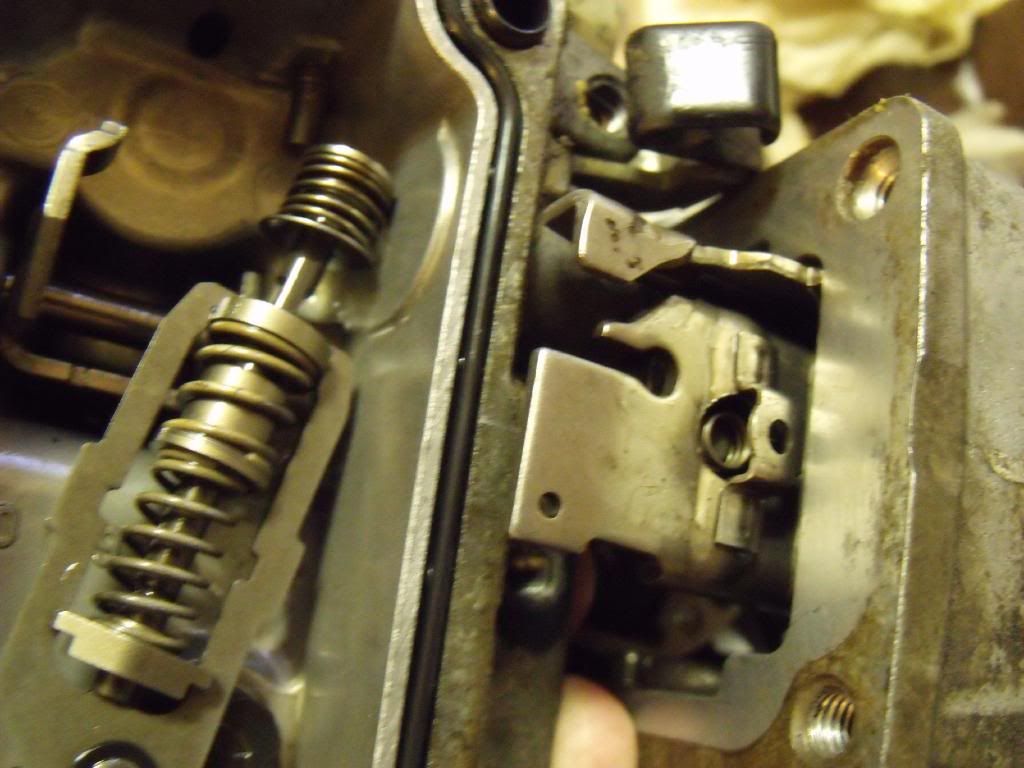
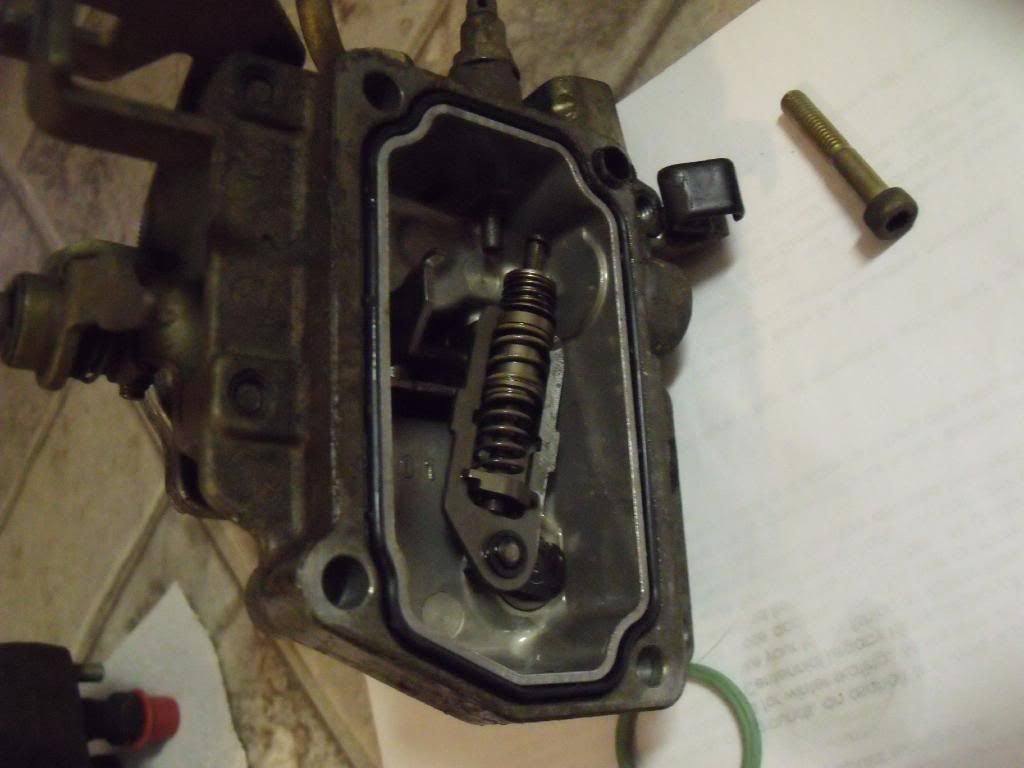
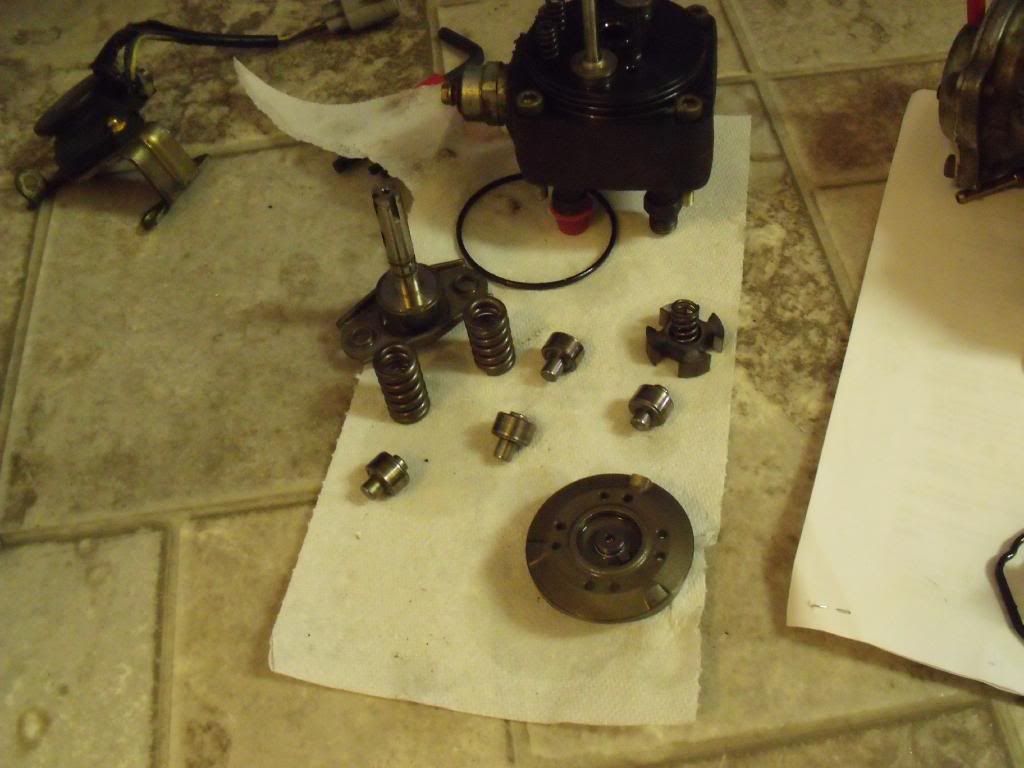
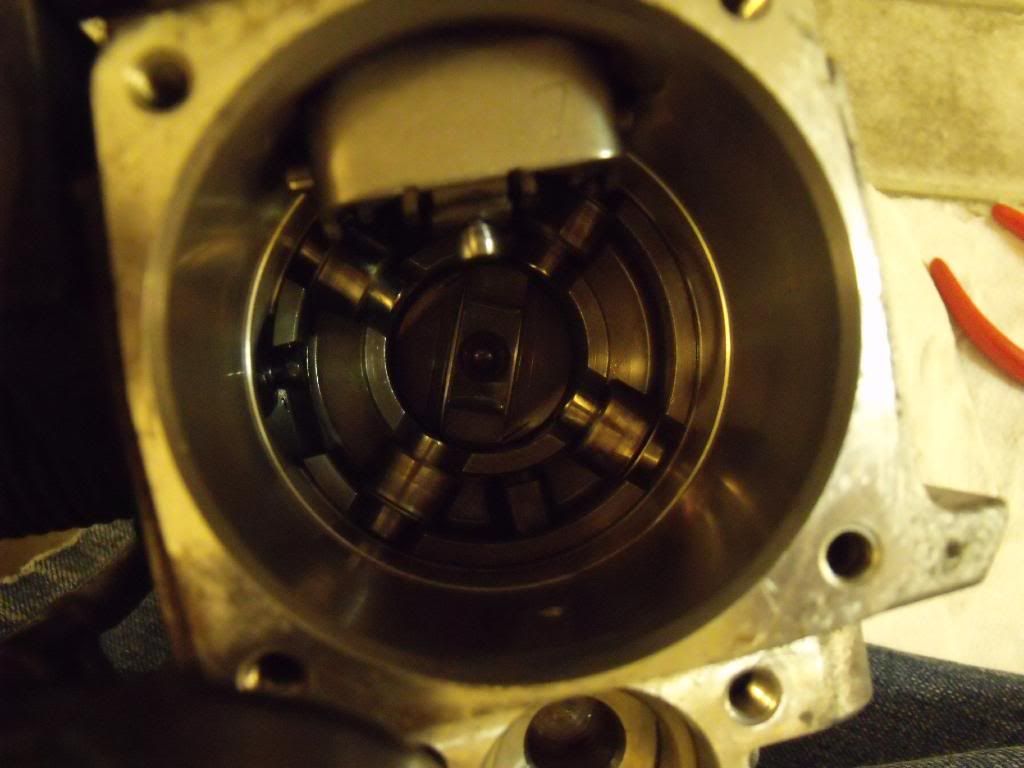
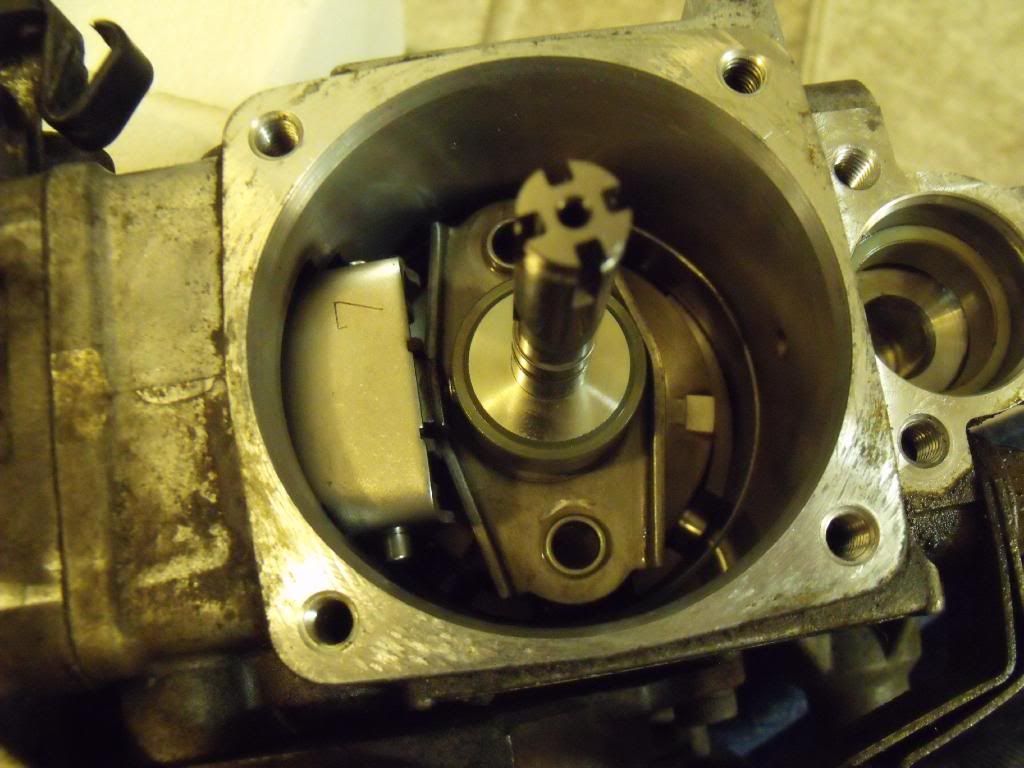
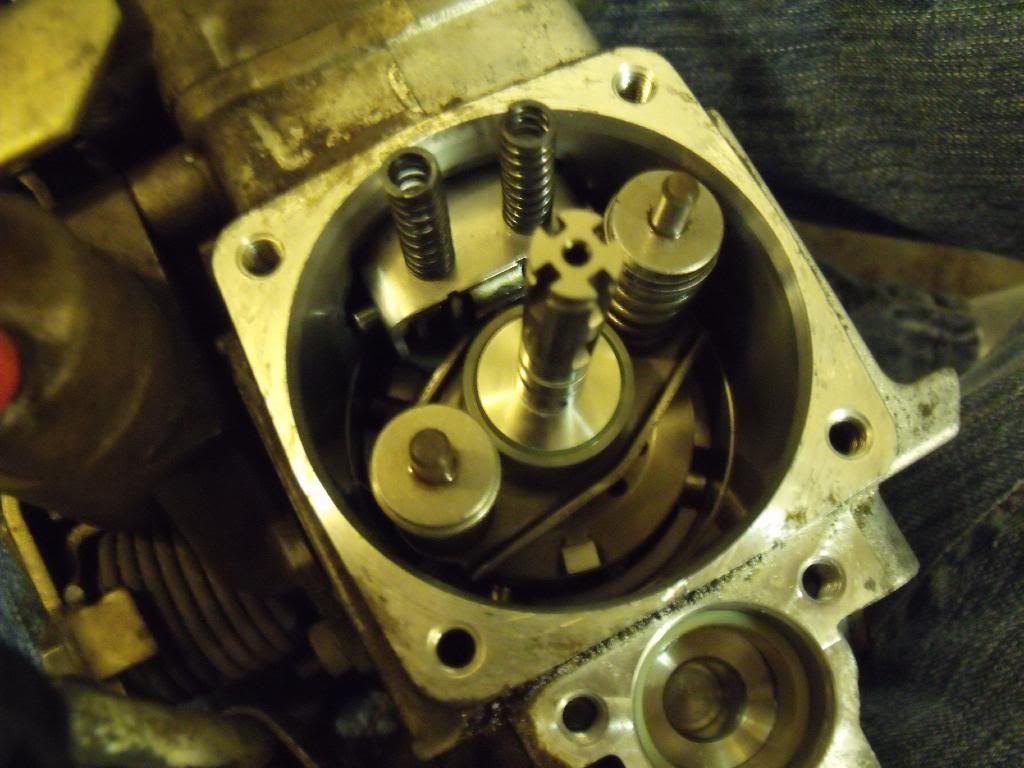
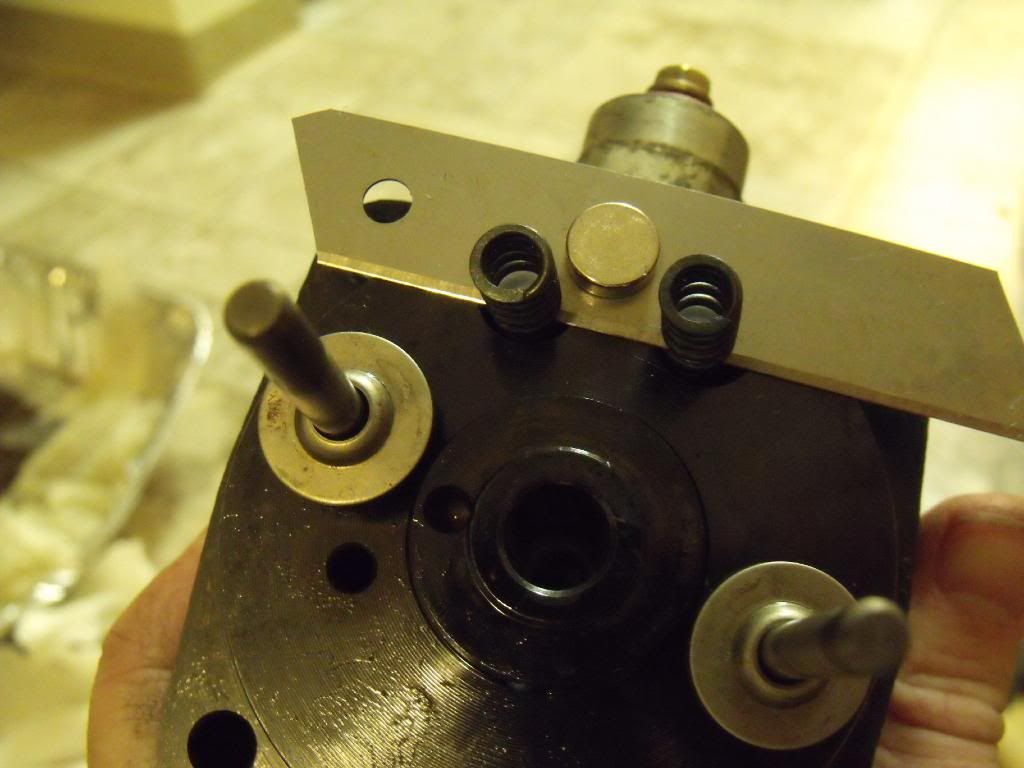
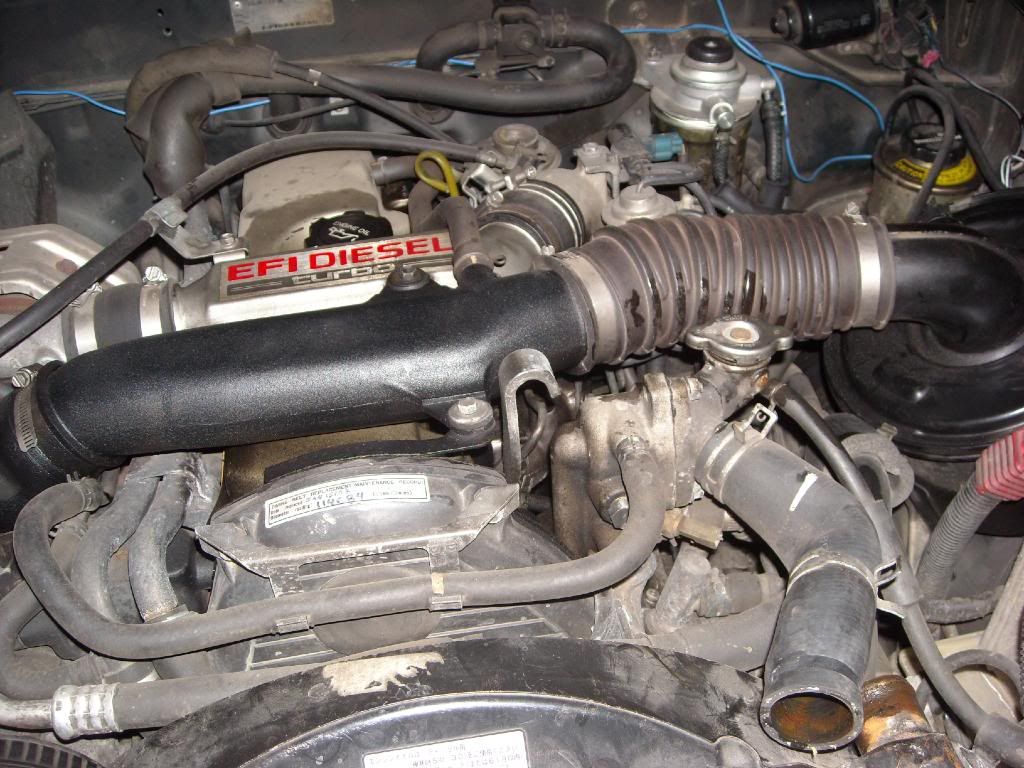
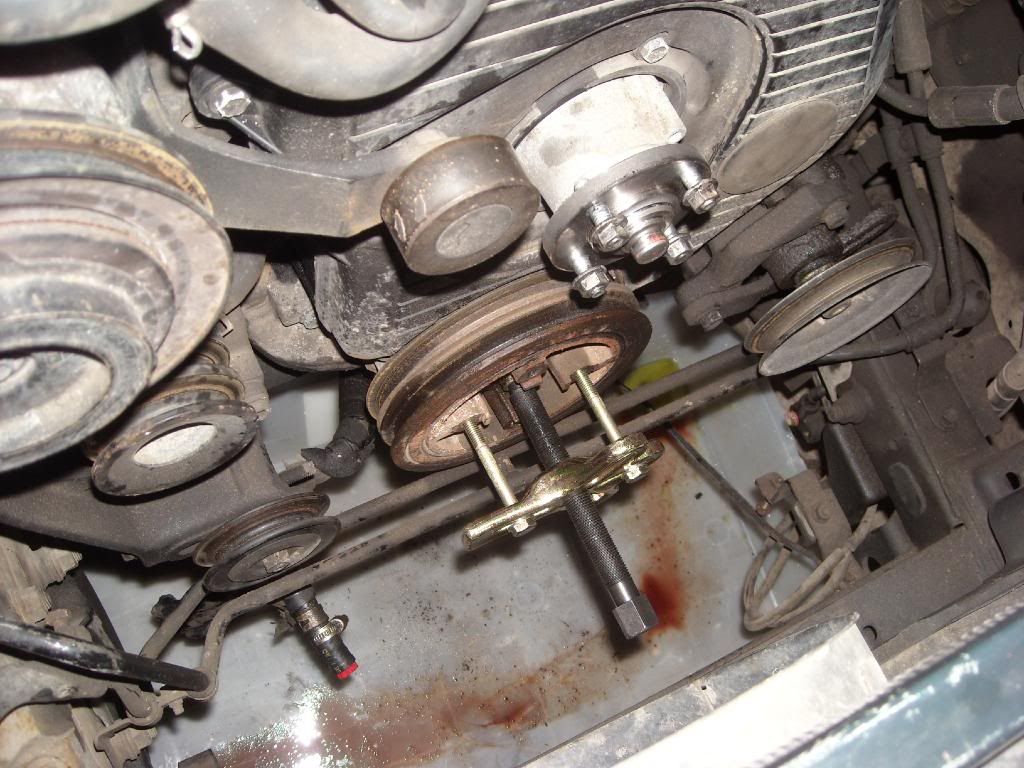
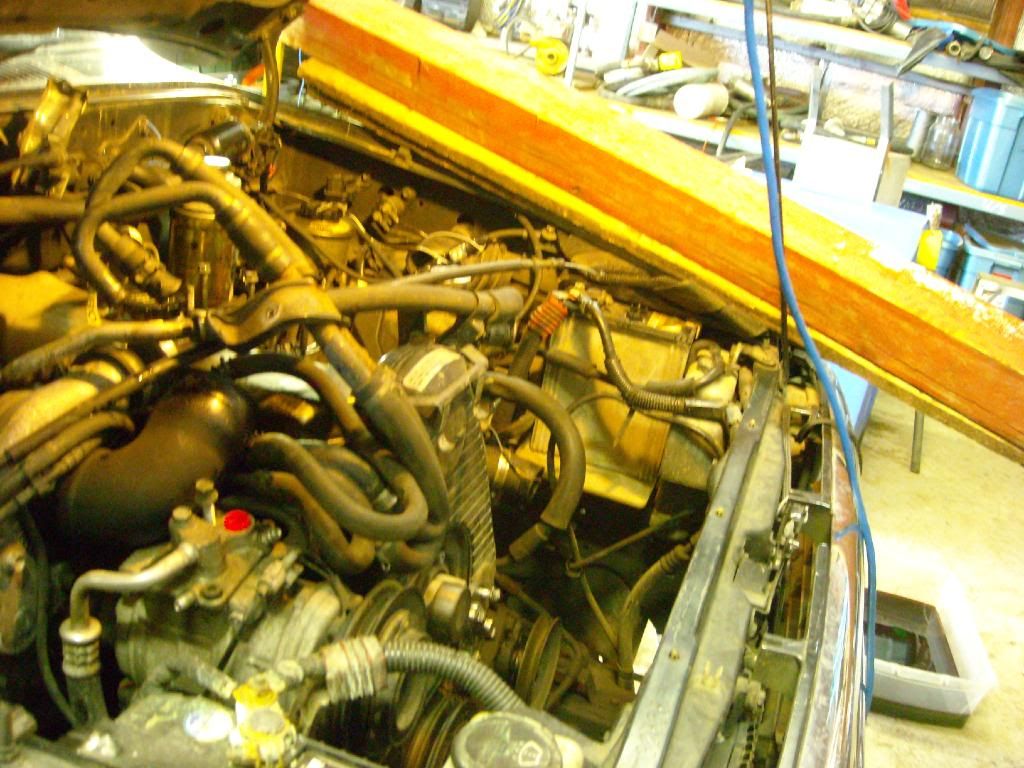
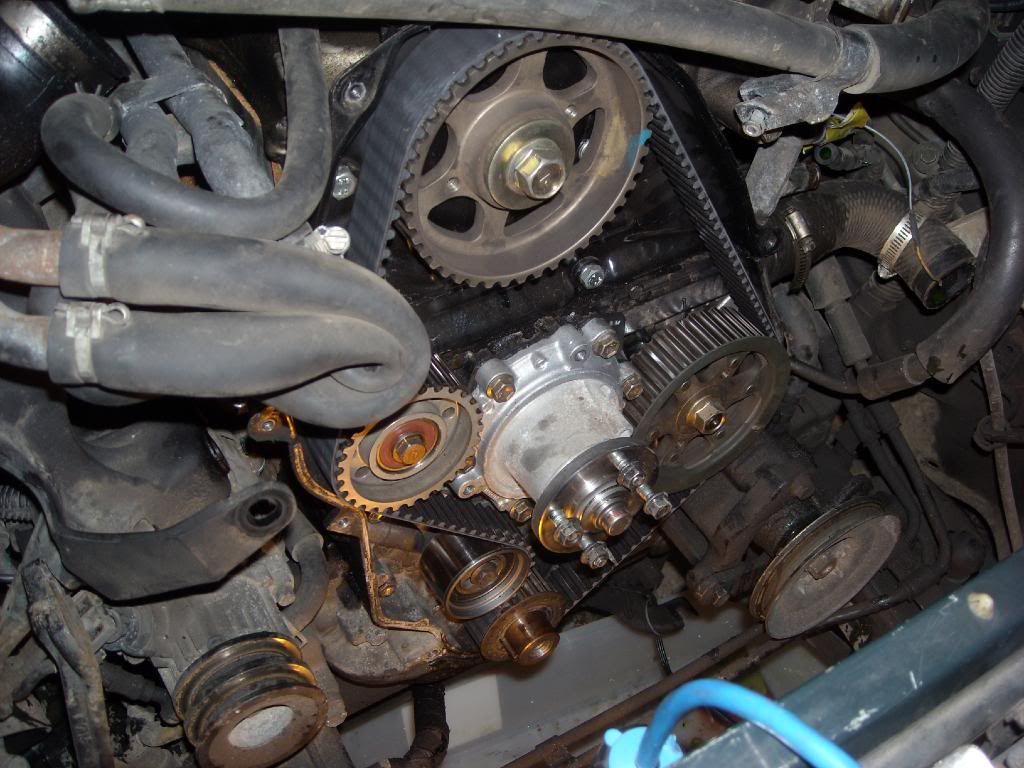
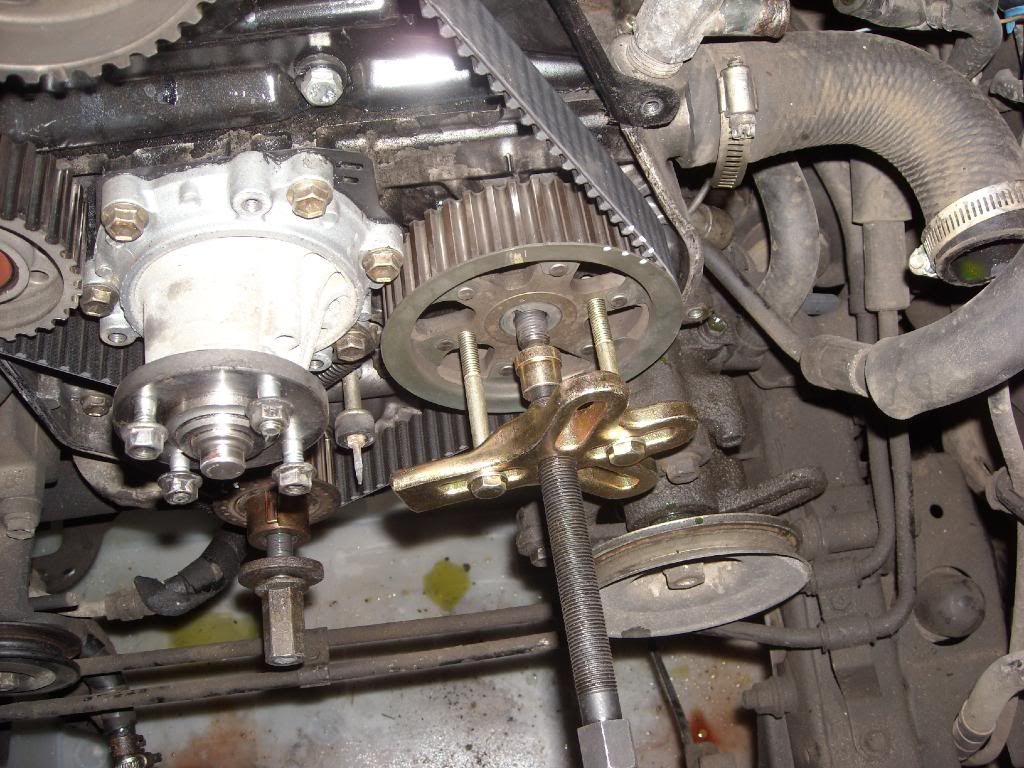
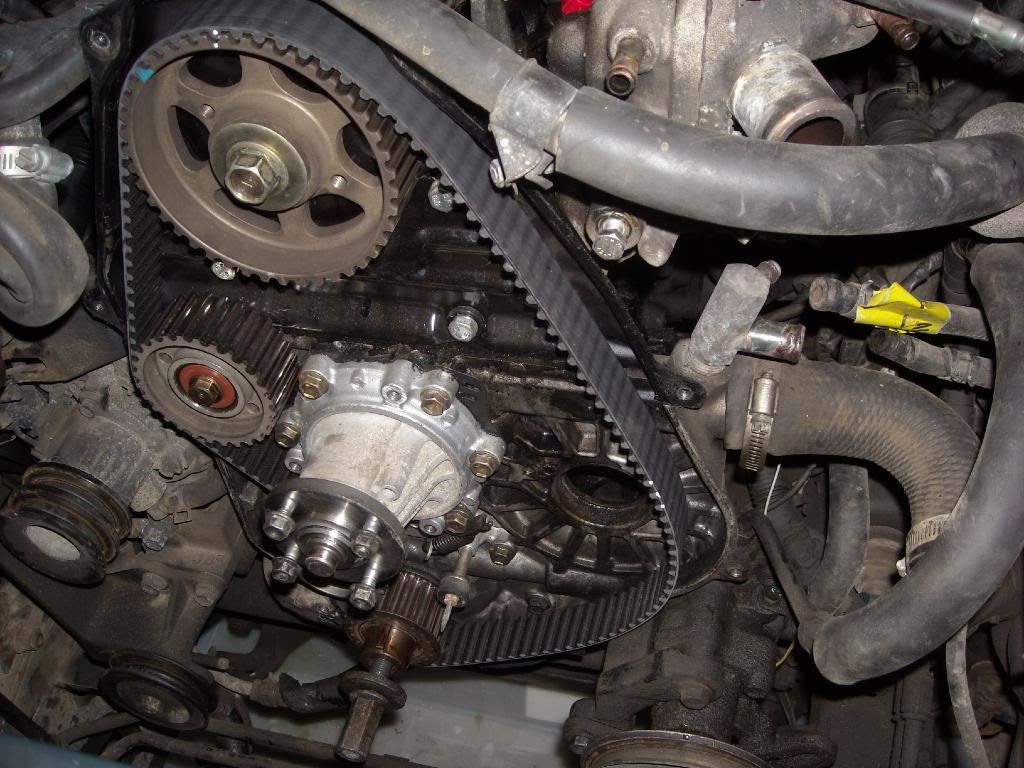
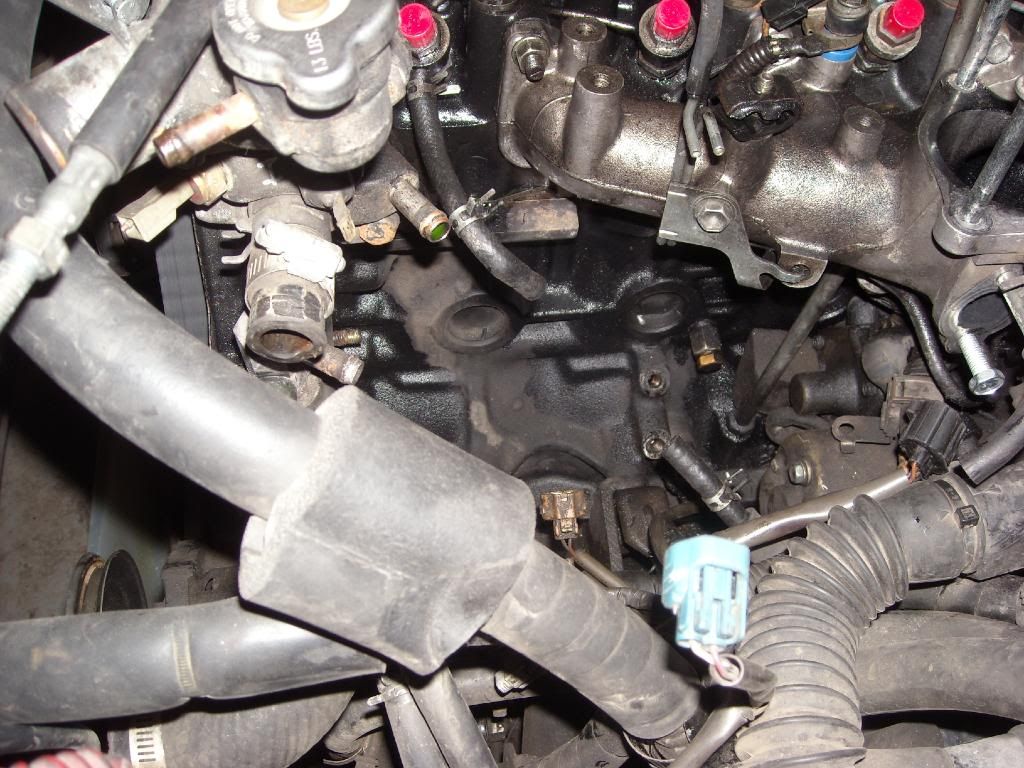
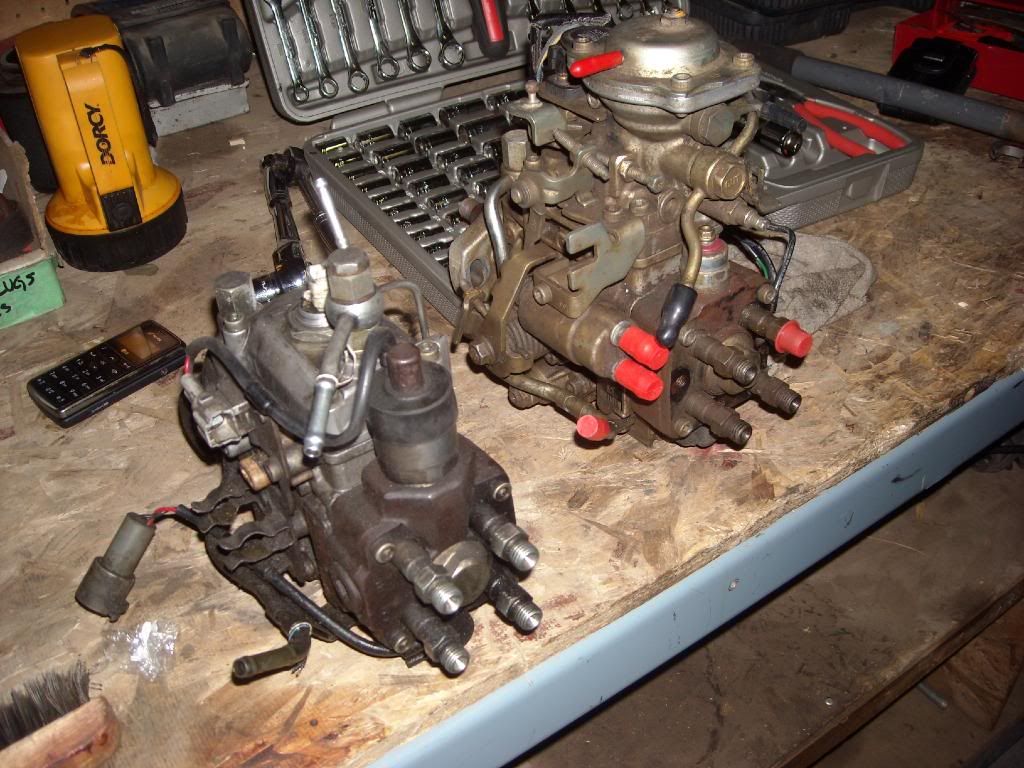
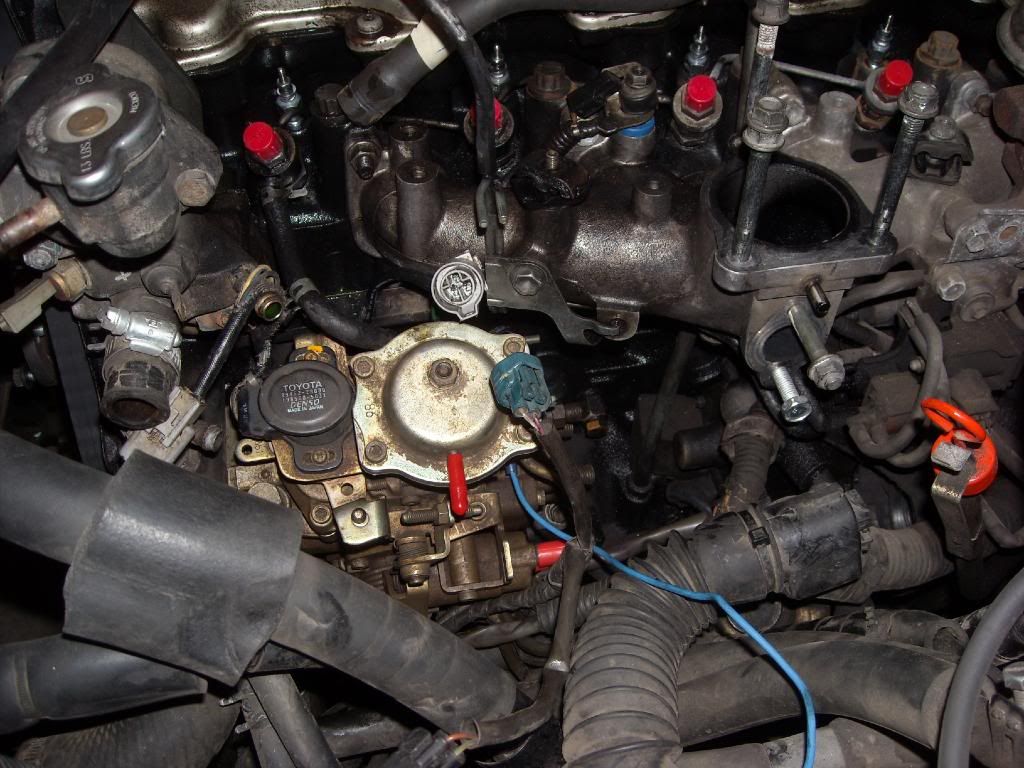
Comment